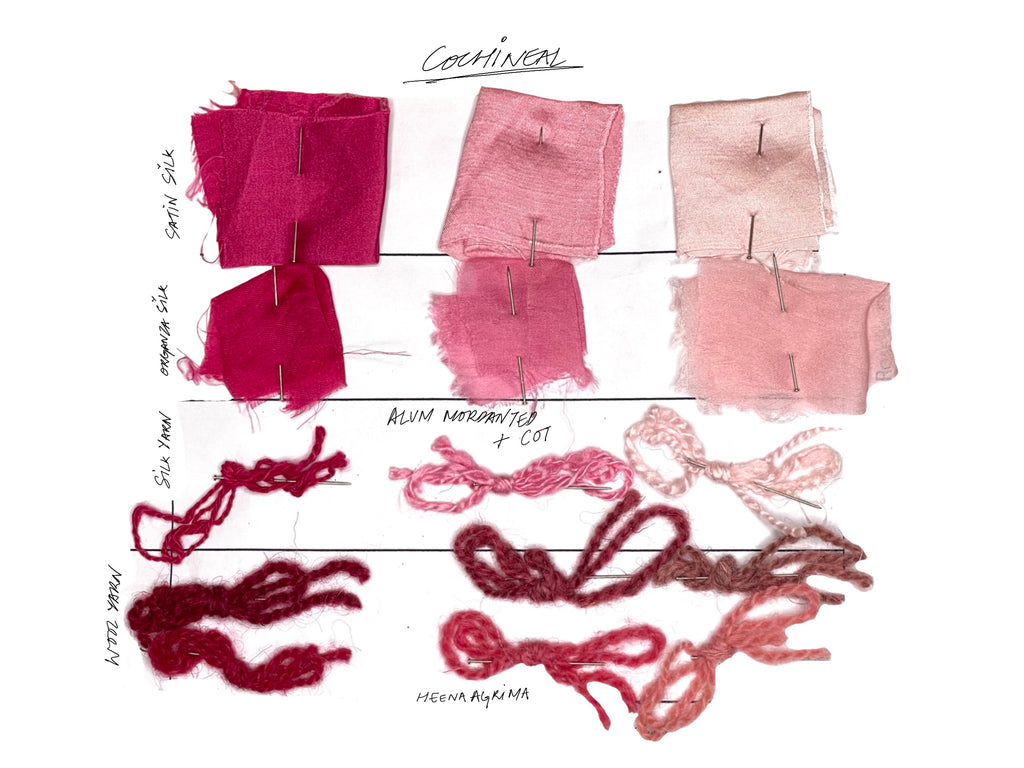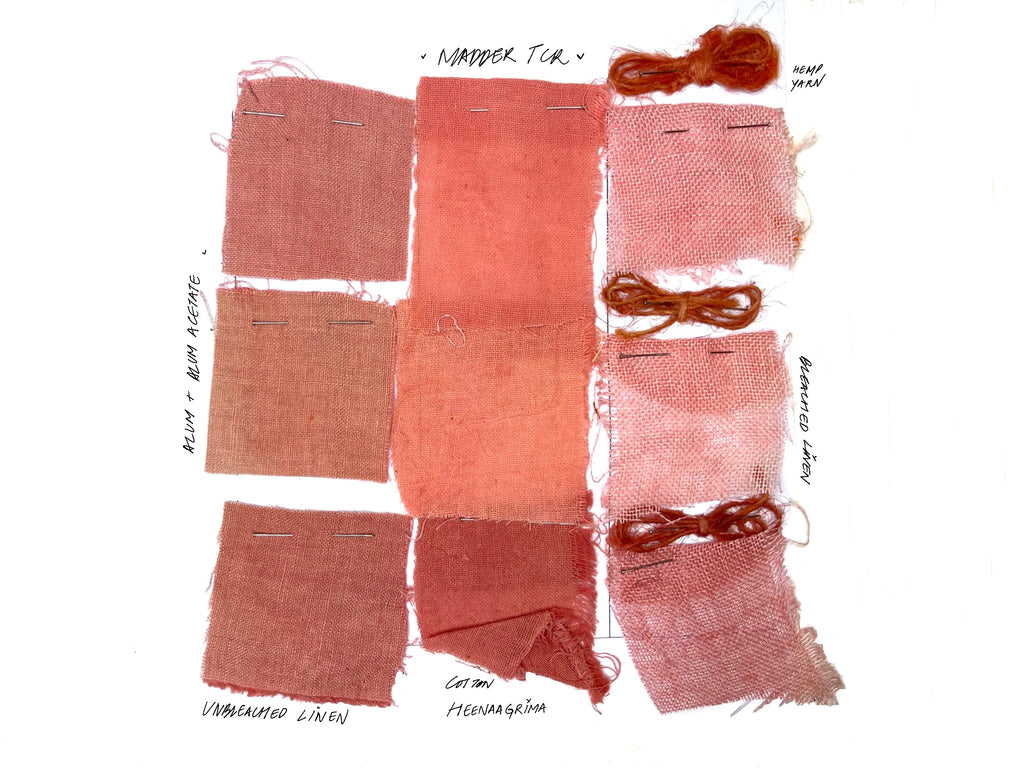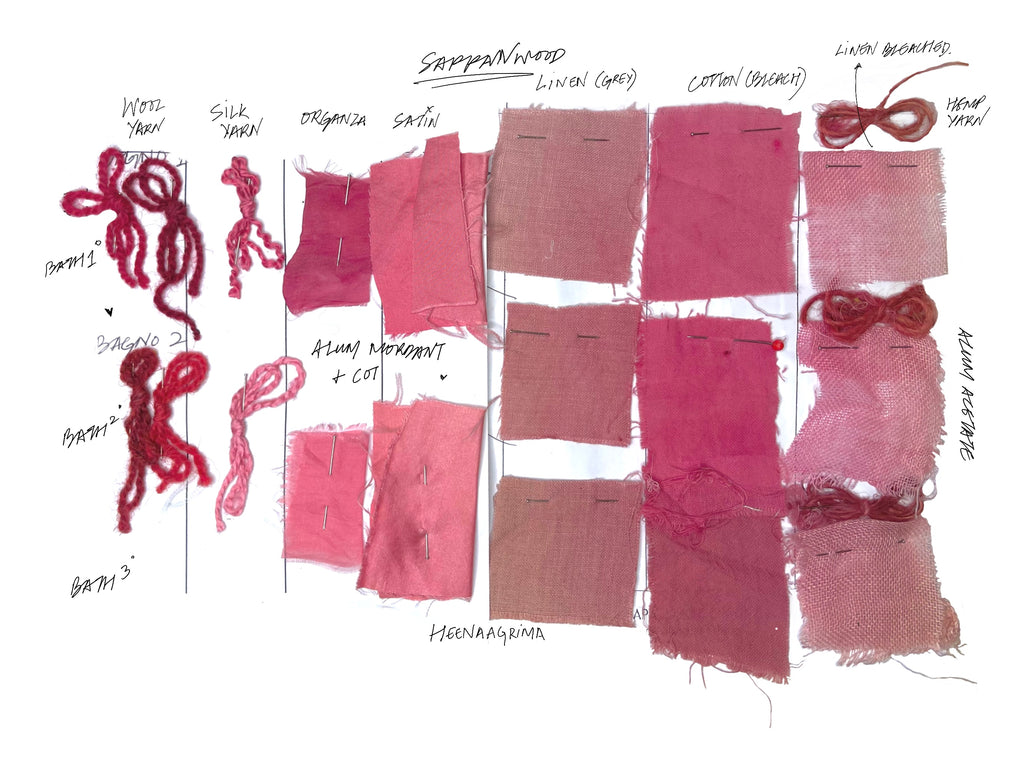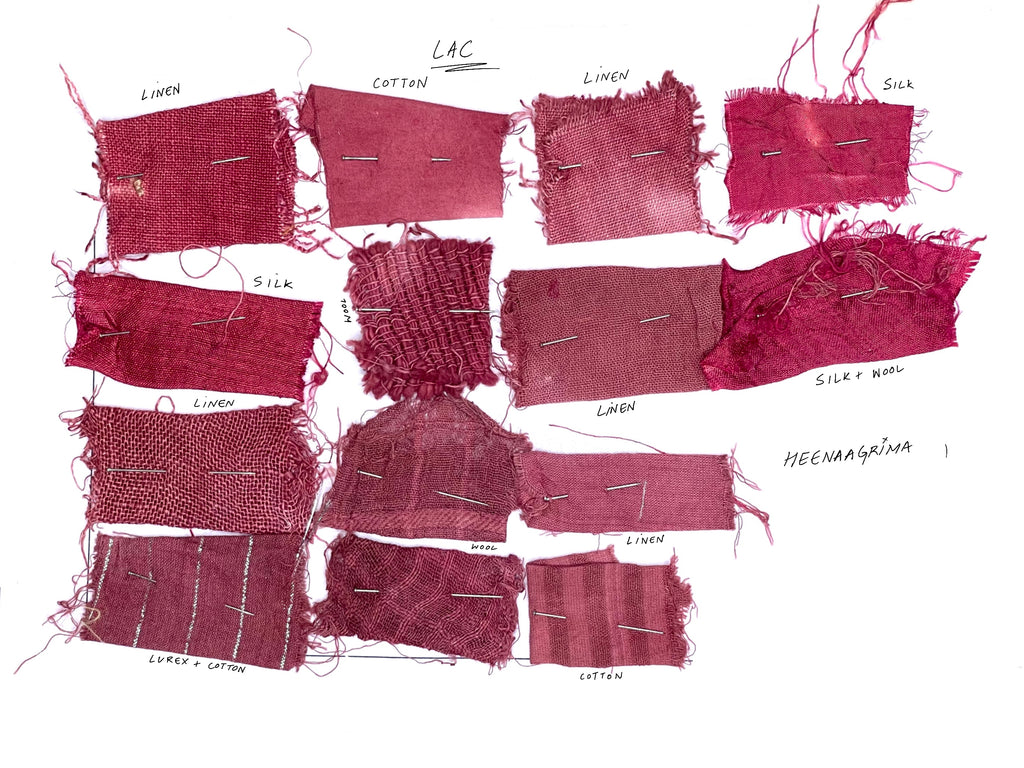When it comes to adding a pop of color to your life, why settle for artificial dyes when nature has so much to offer? In this blog post, we'll dive into the fascinating world of natural dyes, with a particular focus on the mesmerising shades of pink that can be achieved. Get ready to embark on a colorful journey that will leave you feeling tickled pink!
Why is pink a popular color in natural dyes?
Pink is a beloved color in the world of natural dyes. Its delicate and soothing hue has captivated artists, designers, and nature enthusiasts for centuries. But what makes pink such a sought-after color in the realm of natural dyes?
Understanding the materials behind pink natural dyes
Pink natural dyes are derived from various sources, including plants, insects, and minerals.
Cochineal

One of the most well-known pink dyes is Cochineal, which is extracted from the bodies of female cochineal insects found on cacti. This dye has been used since ancient times and continues to be highly valued for its vibrant pink shade.
Cochineal works very well on protein fibres/fabrics as it bonds strongly with them.
Iranian Madder

Another source of pink dye is Madder Root, a plant that has been cultivated for centuries. The roots of the madder plant contain a compound called alizarin, which produces a range of pink and red hues. This natural dye has been used in traditional textile production and is still popular among natural dye enthusiasts today.
Madder is slightly reddish/orangish/peachish. It can produce pale pinks as well. We will dwell in depth about this when I will write dedicate articles to particular natural dyes.
Sappanwood

We use Sappanwood as well in our practise, also known as Caesalpinia sappan, is a tropical tree native to Southeast Asia. It is widely recognised for its vibrant red dye, which is extracted from the heartwood of the tree. Sappanwood has been used for centuries in various industries, including textiles, medicine, and woodworking.
Sappanwood is very ph sensitive but that also means it can produce a variety of shades. I'm currently on my journey to explore more shades. As soon that research is ready, I will post an article regarding it.
Lac

Lac is also a special material that we work with, Lac dyes are extracted from the resinous secretions of lac insects, mainly found in Southeast Asia and India. These insects colonize specific host trees, such as the Indian lac tree, and produce a protective resin to shield themselves. This resin, known as lac, is harvested and processed to obtain the dye.
Conclusion
The idea behind this blog is to introduce people with Natural dyes and its spectrum of shades and colors in a simple manner. I'm also side by side writing about each material i've mentioned over here.
All natural dyes are extremely special and I appreciate them for their qualities but I'm not afraid to let out their cons. We have to understand that even if a material gives out a really prominent looking dye, it isn't necessary that it will be light fast or wash fast.
This blog is a medium through which we will discuss different natural dyes and their properties. But for now as this is a the beginning we will keep it simple.
Hope to see you soon!
Lots of flowers
HA <3



6 comments
Can you share me Information about natural dye process?
Graciasssss….!!!
Desde Argentina
Graciasssss….!!!
Preety ❤️💞
Well begun!!💐💐
You're viewing 1-5 of 6